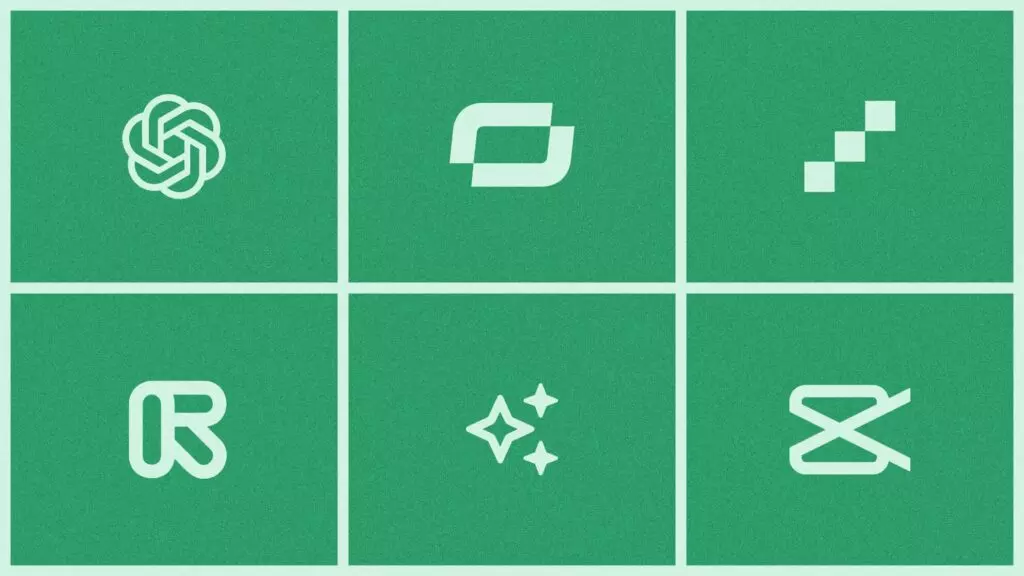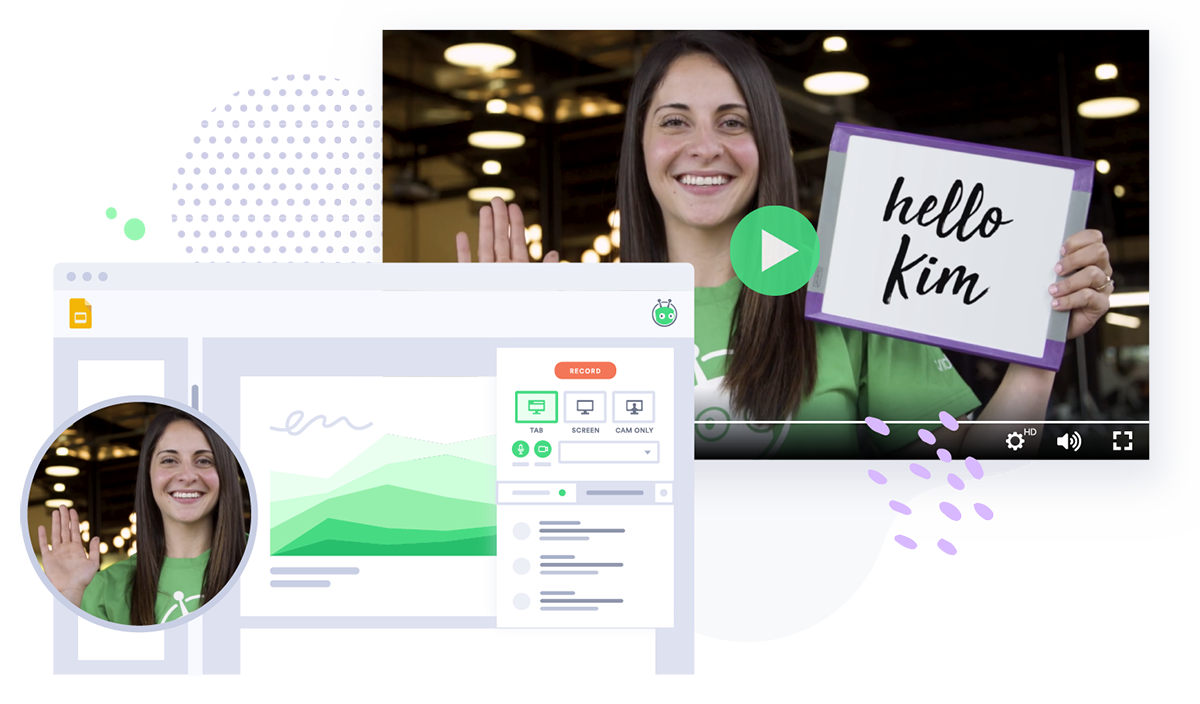9 Types of Engaging Video Content & How to Use Them (+Examples)
October 26, 2023·7 min read
To achieve your video marketing goals, you'll need to use different types of videos in your marketing strategy. We've rounded up the 9 most important ones, from explainers to case studies and more.
There are SO many different types of video you can make for your organization. The possibilities are practically endless, from how-to content to case studies, explainers, and beyond.
Plus, for every different type of video you can make, there are multiple different styles you can approach it from and different orientations you can shoot and share it in.
To achieve the goals you set out in your video marketing strategy, you’ll need a variety of video types to meet different needs. With the right mix, you can guide prospective buyers along their journey from awareness through decision, all with video content.

 Find out what types of video your business needs, how to make them, where they fit in the funnel, and more. Get the Guide
Find out what types of video your business needs, how to make them, where they fit in the funnel, and more. Get the Guide - Contents
- Why Video Content is So Important
- 9 Types of Video Content You Should Be Using
- What Type of Videos Should I Make?
Why Video Content is So Important
Video content should be a major part of your marketing strategy. Why? In short, your buyers love it.
Video is the most engaging type of content. It attracts a larger audience, gets them more engaged with your brand, and converts them into customers at a higher rate than just about anything other type of content you could use.
(For example, a Wyzowl report shows that 91% of marketers say that video increases their traffic, 87% say it increases sales, and 92% say it’s a good return on their investment.)
What Types of Video Content Are There?
There are lots of types of videos for businesses to use—dozens of them, in fact.
When you’re making your first foray into creating new types of video content, all these video categories can be a bit overwhelming. So, which types of video content should you focus on? The winners are the types of videos that are ones that are relatively easy (and cheap) to create while having quantifiable impacts on your business.
9 Types of Video Content You Should Be Using
Of all the varieties of video out there, a few different types of video content stand out. These are nine types of video marketing that every marketing team should try:
- Explainer videos
- How-to videos
- Promo videos (aka hype or teaser videos)
- Thought leadership videos
- Webinars and recorded webinars
- Case study videos (aka customer stories or testimonial videos)
- Brand and culture videos
- Demo videos
- FAQ videos
We’ll dive further into all these types of video content below.
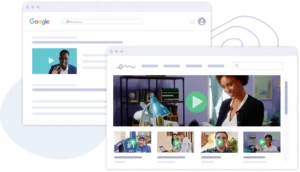
 Vidyard Hosting makes it easy to leverage the power of video across your business. Learn More
Vidyard Hosting makes it easy to leverage the power of video across your business. Learn More 1. Explainer Videos
What They Are
Explainer videos (sometimes called product explainer videos) are a valuable type of video for explaining complicated products or services and increasing brand awareness. They are typically a high-level look at how the product solves a problem.
What They’re Good For
The early discovery stages of the buyer’s journey. Educating buyers about your product or service and illustrating why they need it, generating leads, and nurturing prospective customers.
How to Use Them
Your explainer videos can be overview videos for each vertical or product line you offer. With these, you’re not looking to make a hard sell or pitch. Instead, outline a problem you know your customers have, then show how your product solves it.
Product explainer videos should answer the question “What’s in it for me?” from your buyer’s perspective. Aim to make them engaging and try to connect with viewers on an emotional level.
Because they’re so high-level, explainer videos don’t need to show the actual product or service at work in order to be valuable. This means that different video styles, like animation, tend to be a popular choice for this type of video content marketing.
40% of companies have already invested in explainer videos, proving they’re a solid shareable content asset.
In this explainer for Vidyard Rooms, we set the stage for the problem we’re aiming to solve. Plus, define what a digital sales room is and its main benefits—all within four minutes.

2. How-To Videos
What They Are
How-to videos are educational in nature and are one of the most popular types of videos. These videos explain to the viewer how to do something.
What They’re Good For
Easing people from the discovery phase into the real meat of what you deliver.
How to Use Them
Step-by-step tutorials can be entertaining as well as informative.
Since question queries are incredibly common in search engines, creating content that addresses them (and optimizing it for SEO) is a great way to appear in search results. Unsurprisingly, how-to videos make up 40% of the videos pushed out by customer experience teams.
Consider creating this type of video to answer important customer questions in your industry. You can then use the end of the video to prompt the download of a piece of informative mid- or bottom-of-funnel content to help keep your viewer moving through the buyer’s journey.
SEO platform Ahrefs has an exhaustive library of videos full of tutorial videos, as well as thought leadership and skill-building mini-courses.
In this example, you’ll find an in-depth how-to finding someone’s email address using several common tools. Notice the “subscribe” call to action at the end of the video, as well as a suggestion for another piece of related content.
3. Promo Videos (aka Hype or Teaser Videos)
What They Are
Promo videos are quick, punchy videos designed to build awareness and excitement around events, content assets, or other resources.
What They’re Good For
Brand awareness, interest generation on social media, increasing traffic to your blog or asset-specific landing pages, and lead generation.
How to Use Them
A great promo video talks up the asset or event you want to promote. It’s short, colorful, exciting, and covers all the essential info—such as what’s inside the asset or happening at the event and exactly why it’s relevant to the viewer.
Most companies already have text-based content marketing assets—like reports or guides—to promote, and one of the best ways to make the most of these pieces is with a fun video designed to encourage more downloads.
Promo videos can work well for big events, virtual conferences, paid campaigns, and more.
No matter what they’re hyping up, promo videos are one of the standout types of video content for social media.
When brainstorming new content pieces, consider the bigger story you can wrap these up in and the top-of-funnel video you could use as the asset’s promo or commercial, so to speak. Or consider using promo videos for brand awareness across paid and social media channels.
In this promo video for Vidyard’s Fast Forward Virtual Summit, Chris van Praag and “Chat CVP” provide a quick and entertaining overview of the upcoming event. Even though it’s only about a minute long and costs basically no budget to create, this video shows everything you need to know about the summit.

4. Thought Leadership Videos
What They Are
Thought leadership videos put the spotlight on industry experts. They share their knowledge and ideas to educate and inspire their audience.
What They’re Good For
Building thought leadership within your industry and establishing expertise on a given topic. Also, educate your audience about a particular subject and make a human connection.
How to Use Them
Recording a thought leadership video is easy: Grab an industry expert you have access to, then pick their brain on a relevant topic they know a lot about.
These videos need to be authentic and focus on the point of view. Sharing expertise and starting a conversation is key.
20% of companies have already invested in thought leadership videos. This means that while they get used, they’re less common of a video format, and your competitors might not be using them. If you have a great thought leader on hand to turn to, it can be a perfect opportunity to create video content that stands out and creates a differentiator that other businesses in your space can’t match.
Vidyard’s VP of Marketing, Tyler Lessard, is known across the industry as an expert in all things video. In this thought leadership video example, he educates the audience on the benefits of including video in your website strategy.
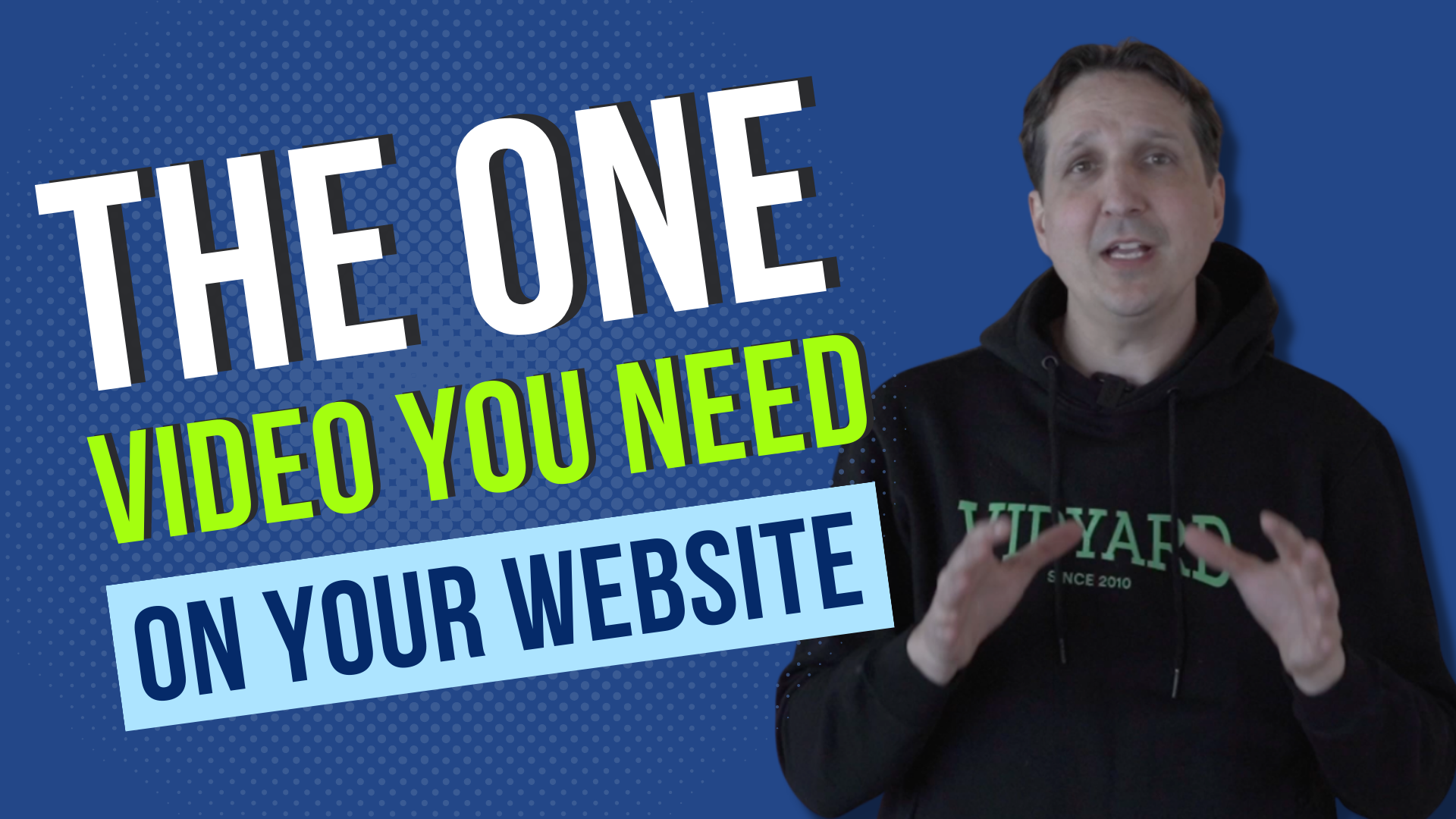
5. Webinars and Recorded Webinars
What They Are
Webinar recordings are on-demand versions of live sessions that viewers can watch whenever they want.
What They’re Good For
Educating potential customers about issues and trends related to your industry. Also, generating leads to add targeted email lists or guide prospects further along the funnel.
How to Use Them
Most companies treat webinars as digital events with virtual attendees who have registered in advance to watch the session. This registration generates a lead for the company.
Webinars prove to be a strong asset. 53% of companies have leveraged synchronous video content through live webinars.
But webinars still have plenty of use even after the day they happen. You can package the webinar up as a recording to publish on your website, such as on a landing page, in a video hub, or in a blog post.
Or you can pre-record webinars ahead of time and run them on specific dates and times, just like standard webinars. And because you already have the recording, you can re-run the webinar as many times as you like.
When planning new webinars, think about how you plan to repurpose them from the get-go. If you want short videos, design your webinar so that the recording can easily be edited into bite-sized video clips. These types of videos can then be used in ongoing content marketing programs.
If you build out topics strategically—mapping each to a particular question a buyer has along their journey with your product, for example—these videos can act as the perfect stepping stone along the buyer’s journey.
Vidyard’s Fast Forward Summit works as an ongoing live series to bring the sales and marketing communities together to learn best practices. In addition to live sessions, the on-demand content lives in a video hub, and edited versions of top-performing content are used in video marketing programs.
Below is an example of a popular on-demand session that was edited down from 25 minutes to just over 10 minutes.
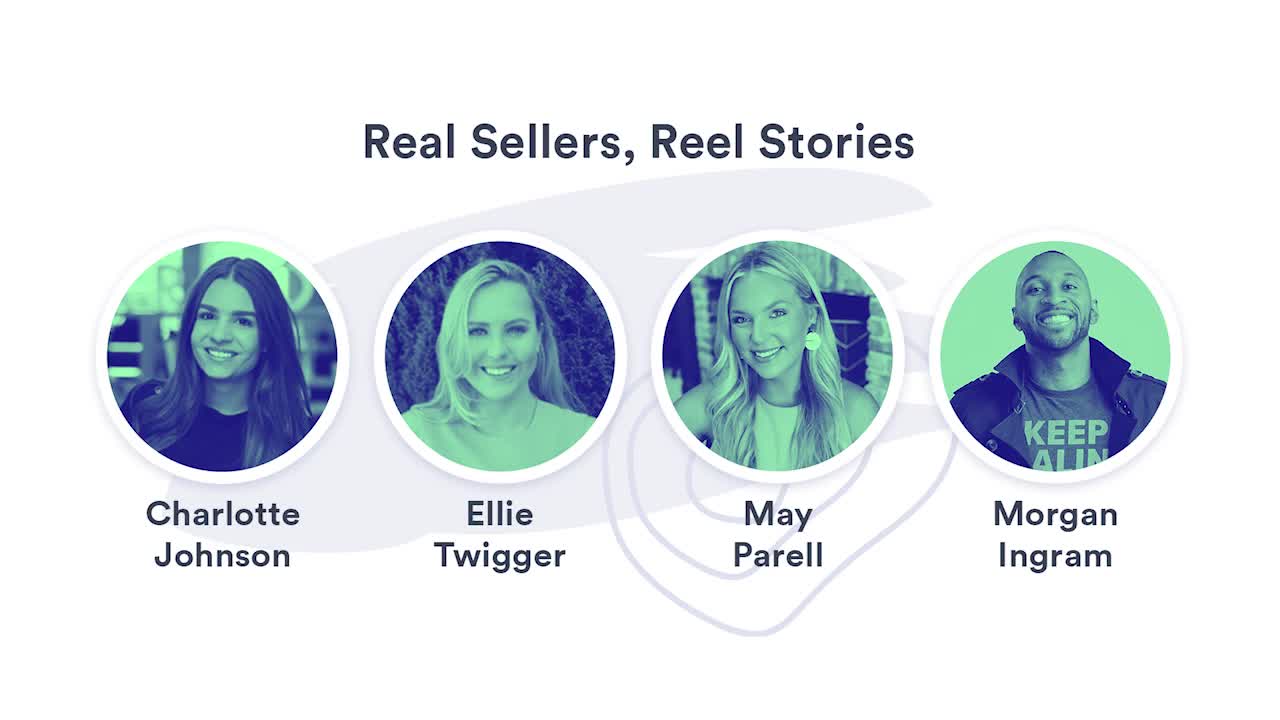
6. Case Study Videos (aka Customer Stories or Testimonial Videos)
What They Are
Case study videos transform a satisfied customer’s testimonial into a quick, easy-to-consume story in video format.
What They’re Good For
The justification and evaluation stage of the funnel (BOFU) is when buyers are considering whether your product solves their specific pain points.
How to Use Them
Arguably, case study videos are one of your collection’s most important video types. Many B2B buyers will search for customer testimonials when they visit your website.
A testimonial is the stamp of approval from other businesses. Filming a great one is the perfect way to showcase how your solution solves common customer problems. Testimonial videos stand as a valuable type of video, especially for marketing and customer experience departments. Nearly 50% of the videos created by marketing are testimonial videos, and 30% are created by customer experience.
When developing a testimonial video, keep these three tips in mind:
- Position your customer as the hero of the story. The perfect case study video should show your product in a good light, but it should also flatter your customer. After all, they’re going out of their way to record the story in the first place!
- Ask leading questions. They’re more interesting than the typical Q&A format, and your customer is more likely to go off on a truly juicy tangent that spotlights the value of your business.
- Don’t underestimate B-roll. Take more B-roll than you think you need. A variety of visuals can keep a story interesting, and you might find the perfect piece of footage to visually explain a complex customer issue.
Don’t have the budget for a high-production case study video? Never fear; powerful customer stories are still within your reach.
Try asking happy customers to record a short testimonial video using their webcam to answer a few basic questions you send them.
Vidyard’s Chrome extension is an easy-to-use free tool that makes it simple for anyone to shoot a simple video of themselves.
Google has a variety of mini-case studies called Google Stories that show how real people use their technology. Most are less than two minutes long.
In one, an artist explains how he uses Google Street View to paint places worldwide—and how he’s created a community of others passionate about doing the same.
7. Brand and Culture Videos
What They Are
Company marketing videos that tell your audience about your brand and what you stand for fall under brand video. Holiday, about us, recruiting, and company culture videos can all fit into this category.
What They’re Good For
Reaching new audiences as well as building brand awareness and affinity.
How to Use Them
What can you capture on camera to tell the world more about your brand?
Every company will have a different answer. This is your chance to get really creative with your video content. You could show a behind-the-scenes on how your team works, a monthly employee volunteer event, or the murals painted on the exterior of your company’s HQ.
Over 50% of companies have already invested in brand videos. And over a quarter of companies are using culture videos to help showcase company culture.
Vidyard has a long-standing tradition of producing scary (and humorous) videos for Halloween. In this brand video example, we take on a parody of the SAW franchise to highlight just how painful buying software can be (and, of course, how a platform like Vidyard can make it easier).
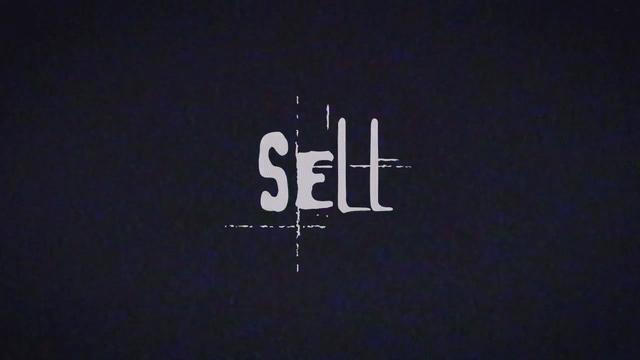
8. Demo Videos
What They Are
Demo videos explain how your product or service works. However, because they’re being viewed a bit later in the marketing funnel (MOFU), they need to be more detailed about specific functions and features that customers will be interested in learning about.
What They’re Good For
Email follow-up, lead generation, helping buyers justify their decision to purchase, and addressing the end of the funnel.
How to Use Them
Product demo videos show viewers the value of your product rather than just telling them. In industries that sell physical products, this could even include unboxing videos. These types of videos showcase the packaging and product, showing potential customers what to expect.
Your audience should be nodding along in agreement with you at all times. Your goal is to show them you understand their world. Demo videos benefit your customer experience and make up a large chunk of the videos created by sales teams. Even better, they rank as the second most invested type of video, with over half of companies using demo videos.
Vidyard’s 3-minute demo is a great example of what this type of video can look like. We’ve created separate versions to address different parts of our product for different use cases. This one is focused on the marketing audience.

9. FAQ Videos
What They Are
FAQ videos are often found on knowledge base sites or used in customer support conversations to help troubleshoot technical problems to commonly asked questions.
What They’re Good For
Saving time for sales and customer support teams by helping buyers self-serve by finding answers to commonly asked questions.
How to Use Them
One type of FAQ video, known as the “80% video”, is growing in popularity. It’s used as part of the sales discovery process to answer the top 80% of questions that sales reps get asked by prospective customers.
FAQ, or 80% videos, offer frictionless research. Prospective customers don’t even have to speak to a rep if they’re not ready—they can watch the FAQ video instead. If they watch an 80% video before they connect with a sales rep, they can focus their precious live meeting time with that rep on getting answers to the niche questions that are more specific to their organization or use case.
Typically, FAQ videos sit at the bottom of the funnel, but an 80% video can be used in multiple places—both near the top of the funnel and further down to help with deal progression and move prospects beyond discovery.
In Vidyard’s 80% FAQ video, we answer the top questions our reps get asked, from pricing to integrations to support.
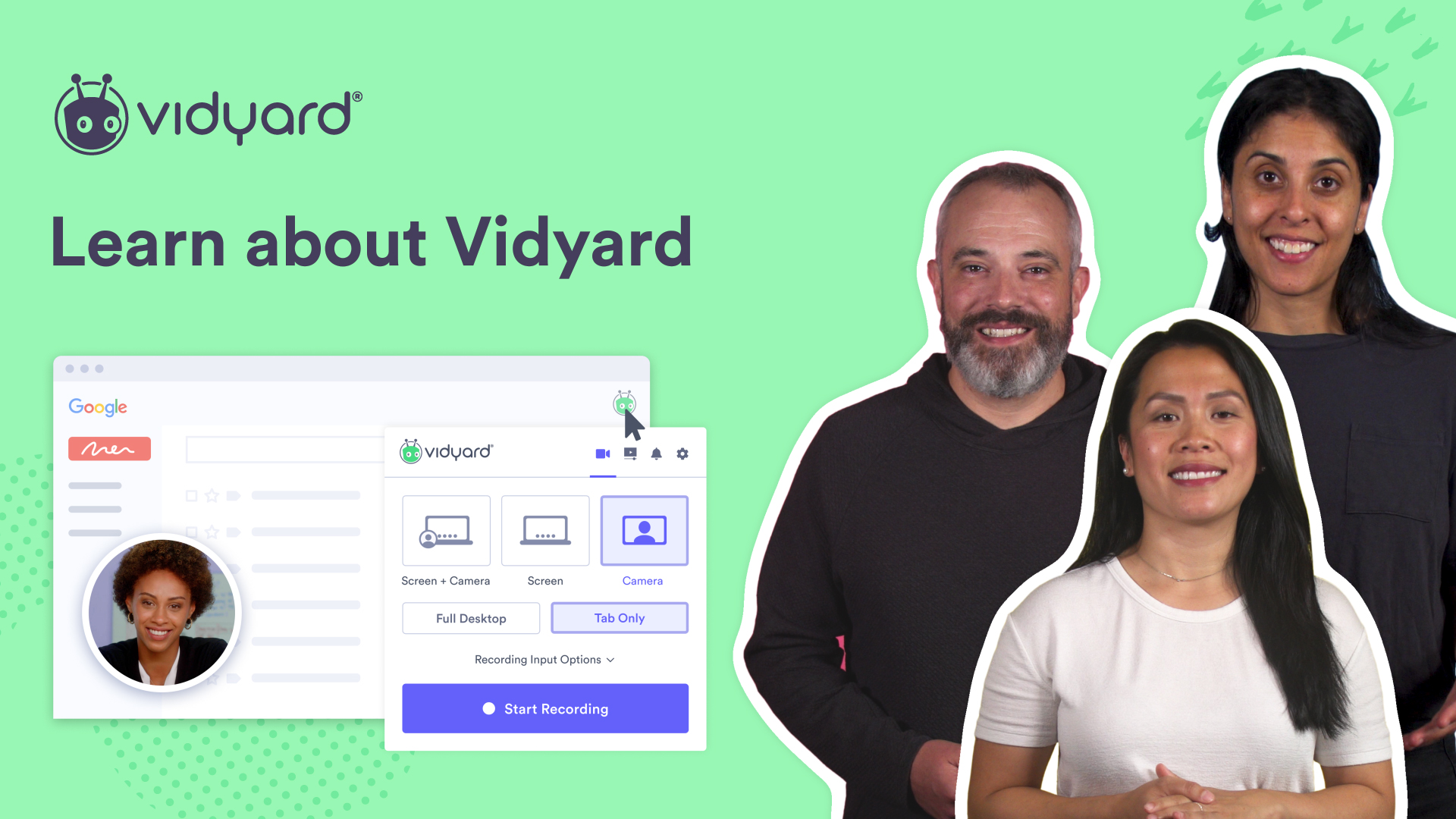
What Type of Videos Should I Make?
Your organization’s video library should include an assortment of video content. Start out by choosing a few formats you think work well for your brand and the story you want to tell. Then, test to see how your audience reacts.
Do more of what works. Keep iterating, try new things, and don’t be afraid to mix and match different styles and types to find something that fits your vision—and meets your goals.
And how do you manage all this wonderful content you’ve created? With a video hosting platform built for business, of course!

 Find out what types of video your business needs, how to make them, where they fit in the funnel, and more. Get the Guide
Find out what types of video your business needs, how to make them, where they fit in the funnel, and more. Get the Guide This post was originally published on December 3, 2018. It was updated on October 26, 2023.

